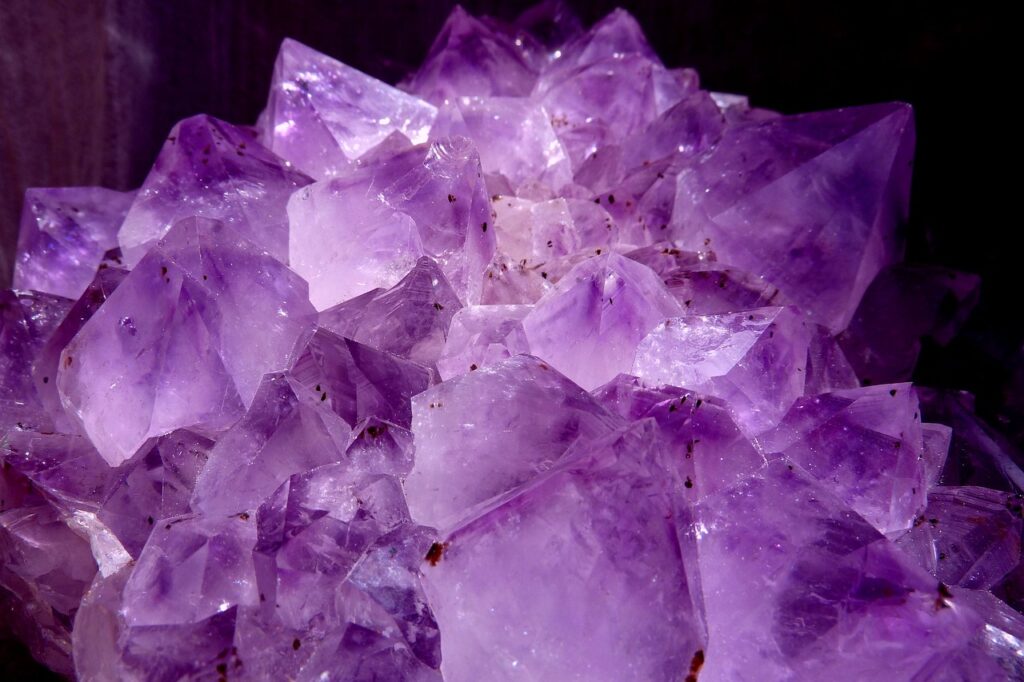China and Mexico dominate fluorspar reserves in the world, according to data from the Mexican company Orbia and the U.S. Geological Survey.
Global fluorspar reserves are equivalent to approximately 320 million metric tons of CaF2 in 2024.
In metallurgy, fluorspar acts as a flux to remove impurities in steel and aluminum smelting. In the chemical industry, it is essential for producing hydrofluoric acid, a base for refrigerants, plastics and enriched uranium. It is also used in dental products to prevent tooth decay, in the manufacture of glass and resistant ceramics, and in optical and electronic applications such as precision lenses and semiconductor processes.
Fluorspar reserves
After China, Mexico was the second largest fluorspar producer in the world and the main exporter.
The percentage share of the countries with the largest fluorspar reserves is shown below:
- China: 27 percent.
- Mexico: 21 percent.
- South Africa: 13 percent.
- Mongolia: 10 percent.
- Spain: 5 percent.
Metallurgy
Fluorspar is produced and consumed in two grades: metallurgical grade and acid grade.
Metallurgical grade, or Metspar, is an ore with a certain natural concentration of fluoride that varies according to the application. It is a crucial raw material in the production of steel and cement. Metspar allows the removal of impurities, especially sulfur, when added to slag to produce stainless and low-carbon steels.
Also, according to Orbia, fluorspar is a valuable additive in the production of clinker for the cement industry, increasing productivity and product yield.
Metspar is a key additive for the production of quality steel and cement with lower carbon footprints.
Concentrated, or acid grade, fluorspar has a minimum concentration of 97% and is obtained through flotation processes from ores with a lower initial concentration. It is mainly used worldwide to produce hydrofluoric acid, the chemical precursor of most fluorinated products.
This mineral can exhibit fluorescence under ultraviolet light. In fact, the term fluorescence comes from the name of this mineral. It was so named because many specimens of fluorspar glow with intense colors (such as blue or violet) when exposed to UV radiation, due to impurities or defects in its crystalline structure.

